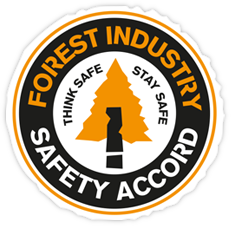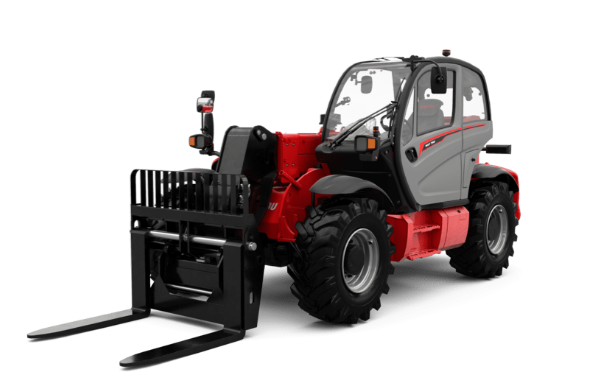Information
-
Document No.
-
Audit Title
-
Client / Site
-
Conducted on
-
Prepared by
-
Location
-
Personnel
-
Select date
1.0 - Previous inspection
-
1.2 - Have the corrective actions been completed and signed off?
-
1.1 - Has the last inspection been reviewed?
2.0 - Planning of skid area
-
2.1 - Designated safe zones for workers in the skid area are clearly identified?
-
2.2 - There is a documented skid diagram showing the designated safe area(s), operational area(s) and log stack location for each skid site
3.0 - Machine Interaction & Communication
-
3.1 - Person in charge of skid site (logmaker or QC) carries a handheld RT and is in direct contact with the loader/machinery working on site
-
3.2 - Stays clear of working machinery, swinging or suspended stems and logs
-
3.3 - Gets loader operator approval when needing to enter loading zone and/or operating zone(s)
-
3.4 - When moving to another work area, skid worker informs affected machine operator(s) of their intentions
-
3.5 - Remains in view of machinery and faces operating machines whenever possible
-
3.6 - Has clear, concise and acknowledged communication with other workers on the landing
-
3.4 - No electronic devices being carried or used (phones, ipods) unless those approved by the employer
4.0 - Manual Processing
-
4.10 - Chain brake activated or saw switched off when moving over obstacles or long distances
-
4.11 - Hand grips correct (thumbs)
-
4.1 - When a stem is being cut to length ensures no other worker is working on that stem at the same time
-
4.2 - Does not work within 2m of any other person using a chainsaw (except where a person gets his saw stuck and needs to be cut out)
-
4.3 - Does not use a chainsaw while standing on stockpiled, stacked or heaped stems or logs
-
4.4 - Assesses stems for tension before commencing log processing and appropriate steps are taken to minimise hazards
-
4.5 - Uses correct cutting techniques to avoid slabbing, splitting and draw wood
-
4.6 - All logs are cut right through
-
4.7 - All logs are cut square
-
4.8 - Cuts logs in the safest position - avoids standing between logs under tension and on top of logs while cutting
-
4.9 - Anticipates log movement/roll
5.0 - Chainsaw
-
5.1 - Appropriate size chainsaw and bar length for task
-
5.2 - Safety mitt fitted
-
5.3 - Chain brake works when activated
-
5.4 - Chain peg in place and secure
-
5.5 - Rear hand-guard in place (no cracks)
-
5.6 - Anti-vibration mounts
-
5.7 - Functional throttle lock out switch
-
5.8 - An on-off switch
-
5.9 - Muffler and spark arrester
-
5.10 - Security and condition of side covers, handles etc (no holes, cracks)
-
5.11 - Chain correctly tensioned
-
5.12 - Chain is stationary when chainsaw is idling
-
5.13 - Correct depth gauge setting (visual check, not too high or low and suitably rounded)
-
5.14 - Cutters are of an even size
6.0 - Maintenance
-
6.1 - Designated safe zones are known and used for refuelling, maintenance and rest breaks?
-
6.2 - When refuelling fills oil tank first, wipes and fuel spillage from chainsaw
-
6.3 - While refuelling maintains minimum distance of 3m from any smoker
-
6.4 - Moves 3m from refuelling area before starting chainsaw
-
6.5 - Using only approved starting methods - these are cold start (saw on ground) or warm start (saw on the ground or step-over method)
-
6.6 - Has a tool kit available on site - including wedges
-
6.7 - Files and spanners are not carried in waistband
-
6.8 - Files have correct handles (no wooden handles)
-
6.9 - Uses approved fuel containers and pourers
7.0 - Trimming technique
-
7.3 - Avoids trimming with top of bar tip
-
7.4 - Avoids where practicable, trimming while standing on top of the stem
-
7.1 - Uses side on technique when trimming beside the stem
-
7.2 - Limbs cut off flush with the stem
-
7.2 - Trimming is smooth and efficient
8.0 - Sign off
-
Staff Member Name:
-
Auditor Name:
-
Staff Member Name:
-
Staff Member Name:
-
Staff Member Name:











